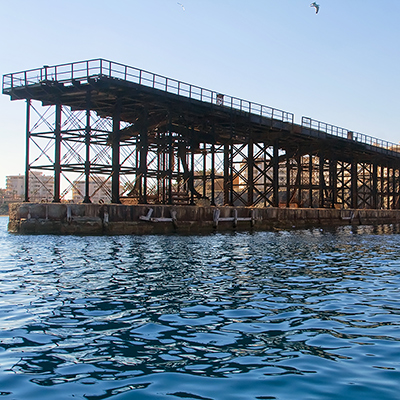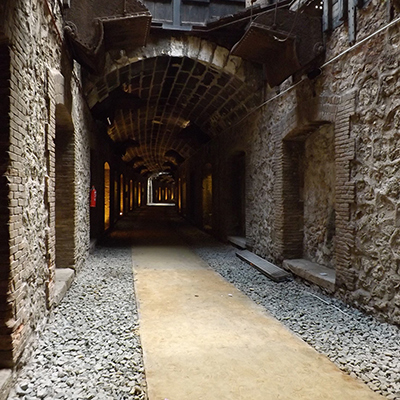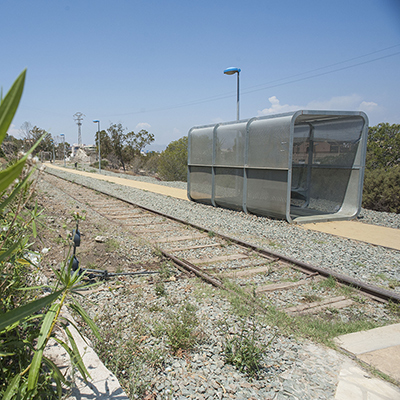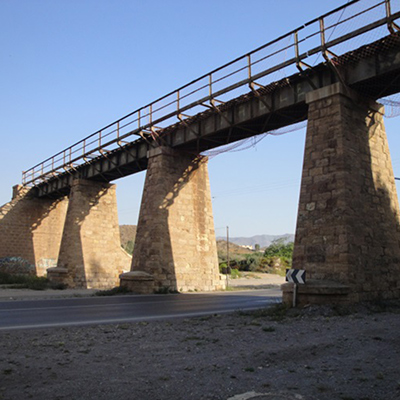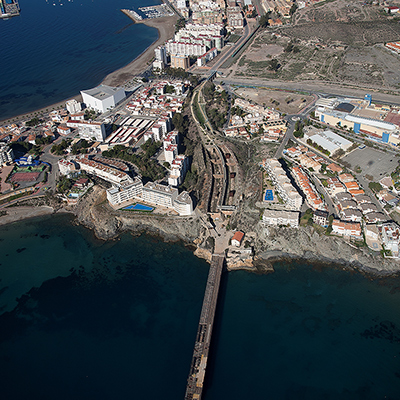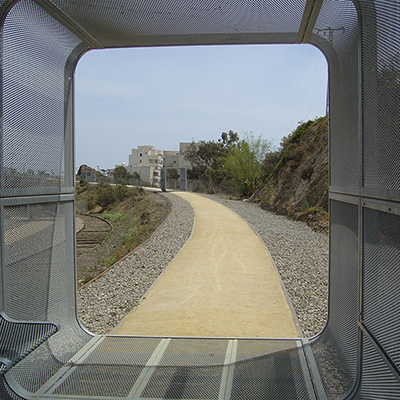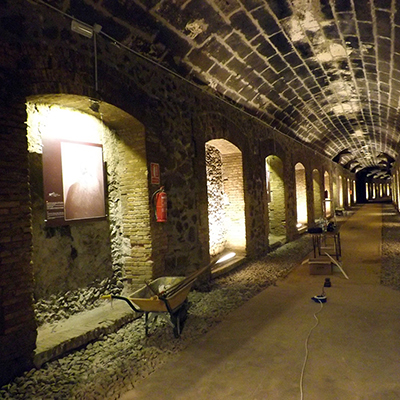Vía Verde Embarcadero del Hornillo in Águilas
Essential to discover part of our railway heritage.
Located between the access ramp at the end of Calle Papa Juan Pablo II street and the 1.5 kilometre-long Embarcadero del Hornillo wharf.
LOCATION
Hornillo residential development.. Águilas.
CONNECTIONS
Murcia at 105 km from Águilas.
GETTING THERE
Train: Águilas station. Murcia-Alicante suburban trains (¿cercanías¿) Line C-2 Murcia-Águilas. Águilas-Madrid Intercity. Consult terms of bike access onboard Renfe trains.
Tel. 912320320
www.renfe.com
Bus: Águilas bus station.
Tel. 968291911
www.movelia.es
Plane: Región de Murcia International Airport.
Tel. 913211000
https://www.aena.es/es/internacional-region-de-murcia.
Águilas Tourist Office: Plaza de Antonio Cortijos, unnumbered
Tel. 968493285
Correo: turismo@aguilas.es
www.aguilas.es
VÍA VERDE CONSORTIUM IN THE REGION OF MURCIA
Northeast Office
Old Train Station - Camino de la Estación, unnumbered
30400 Caravaca de la Cruz (Murcia)
Phone number: 868 185 185 - Fax: 868 185 186
www.viaverdedelnoroeste.com
http://www.viasverdesregiondemurcia.es/
Essential to discover part of our railway heritage.
This Vía Verde includes a visit to the following:
- Bridge over La Rambla de las Culebras, a crossing with steel deck over three ashlar pillars and with the rail incorporated into the path.
- Discharge tunnel, using images to record the whole construction process of the Embarcadero del Hornillo wharf and key people in its history.
- Mineral deposits which can be made out through a metallic walkway which ends with a viewpoint over the whole of Hornillo bay.
- El Embarcadero del Hornillo wharf, composed of three lanes in its upper part: two lateral forloading ore onto boats through a chute system and one inside for performing manoeuvres.
The deposits were built on a mound, excavating stone to build three tunnels and two deposits, which would allow the ore to be stored while the cargo ships arrived, thus ensuring a stock which kept the complex functioning without stoppages. The ore wagons could unload the ore directly onto the boat using tunnels 1 and 2, and they could also unload into the deposits located over the tunnel vaults.
During the Civil War, the tunnels served as workshops manufacturing artillery on railway gondolas, as well as for constructing two diesel locomotive armoured trains which were the first of their kind worldwide.
All of this shaping a unique product in Spain.


